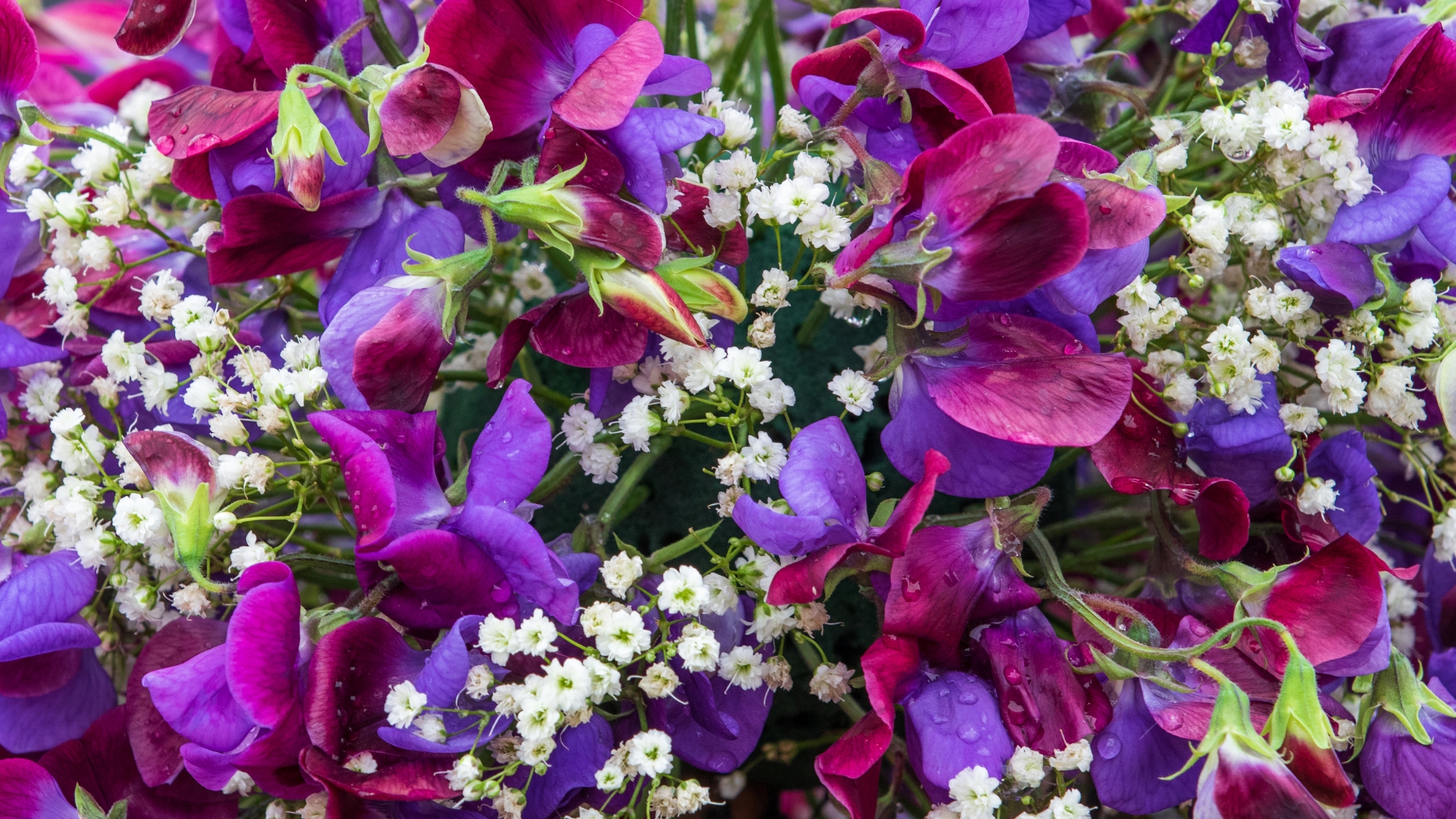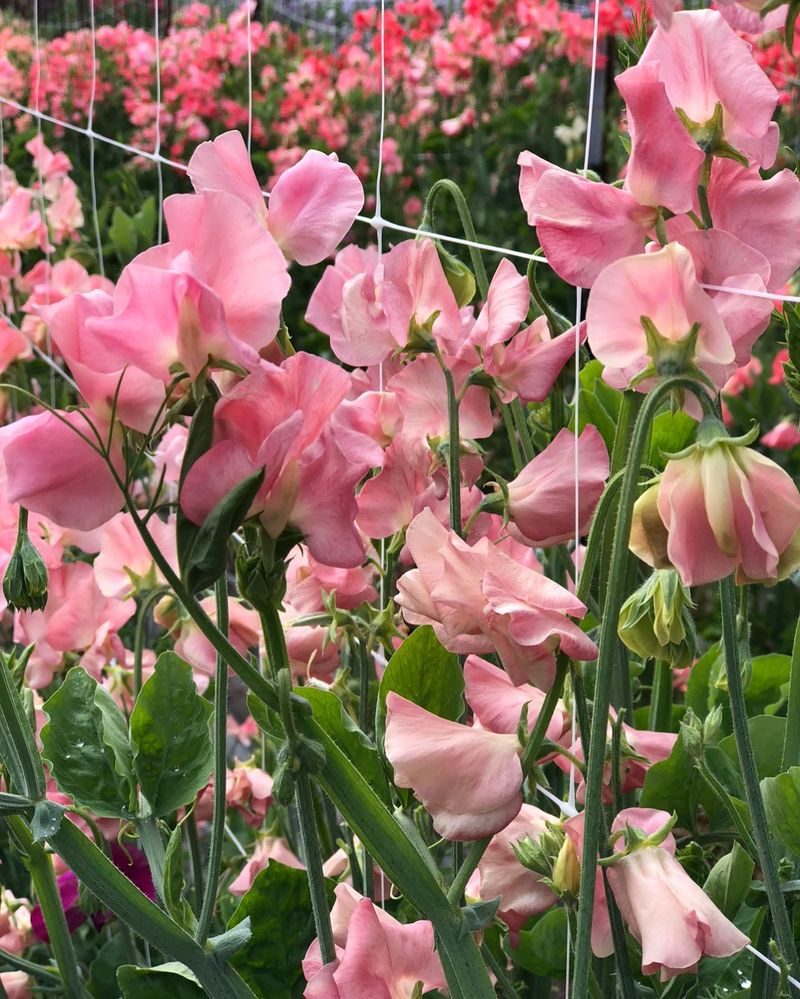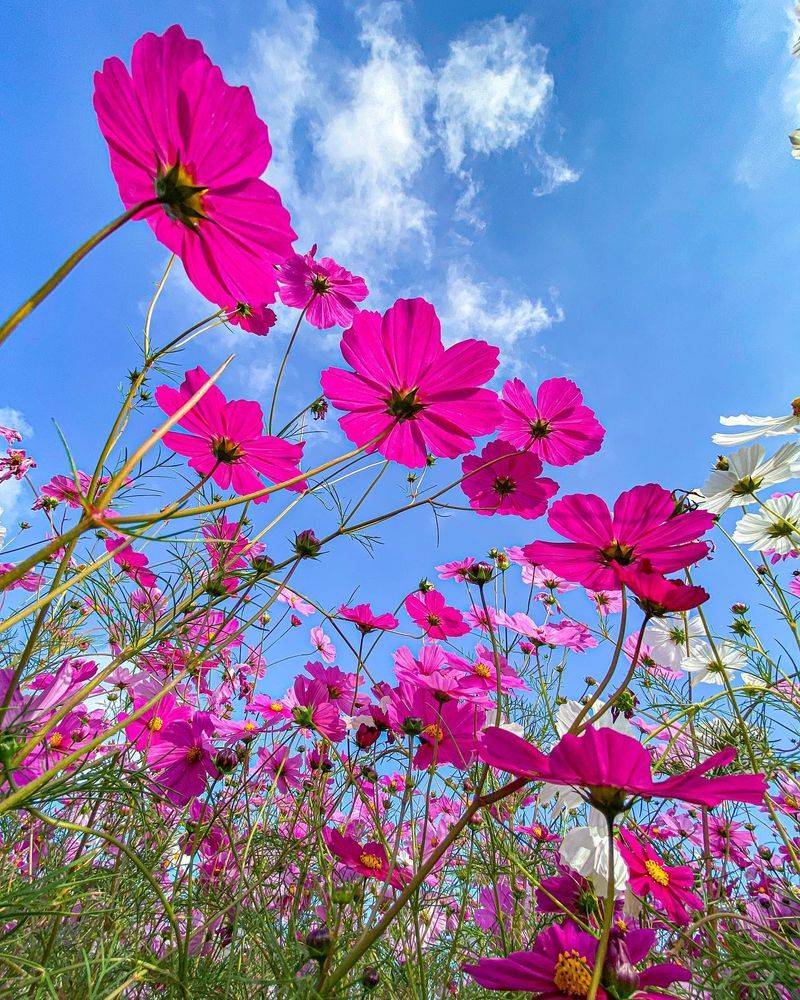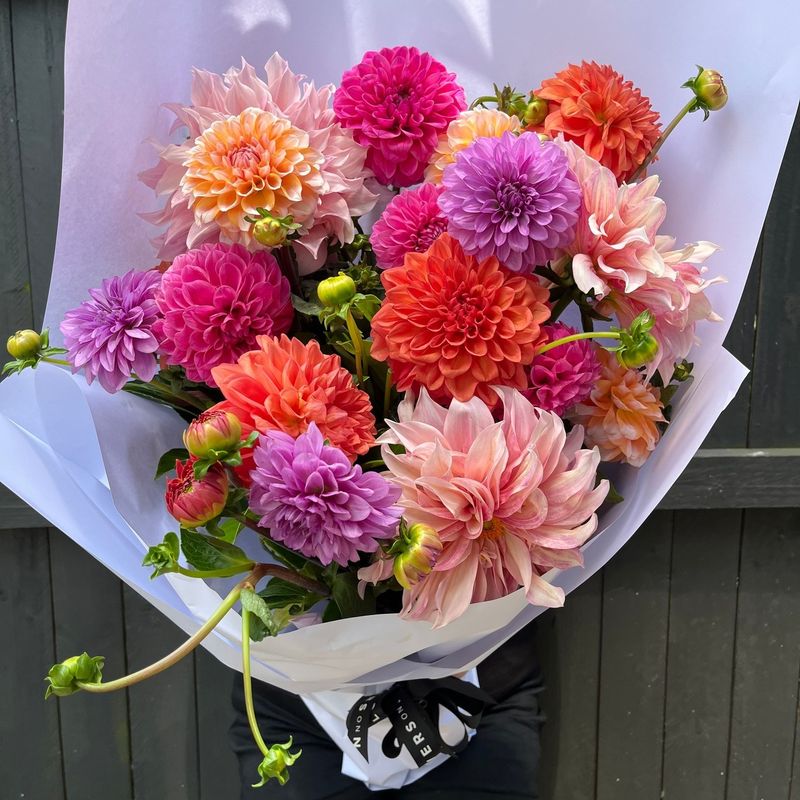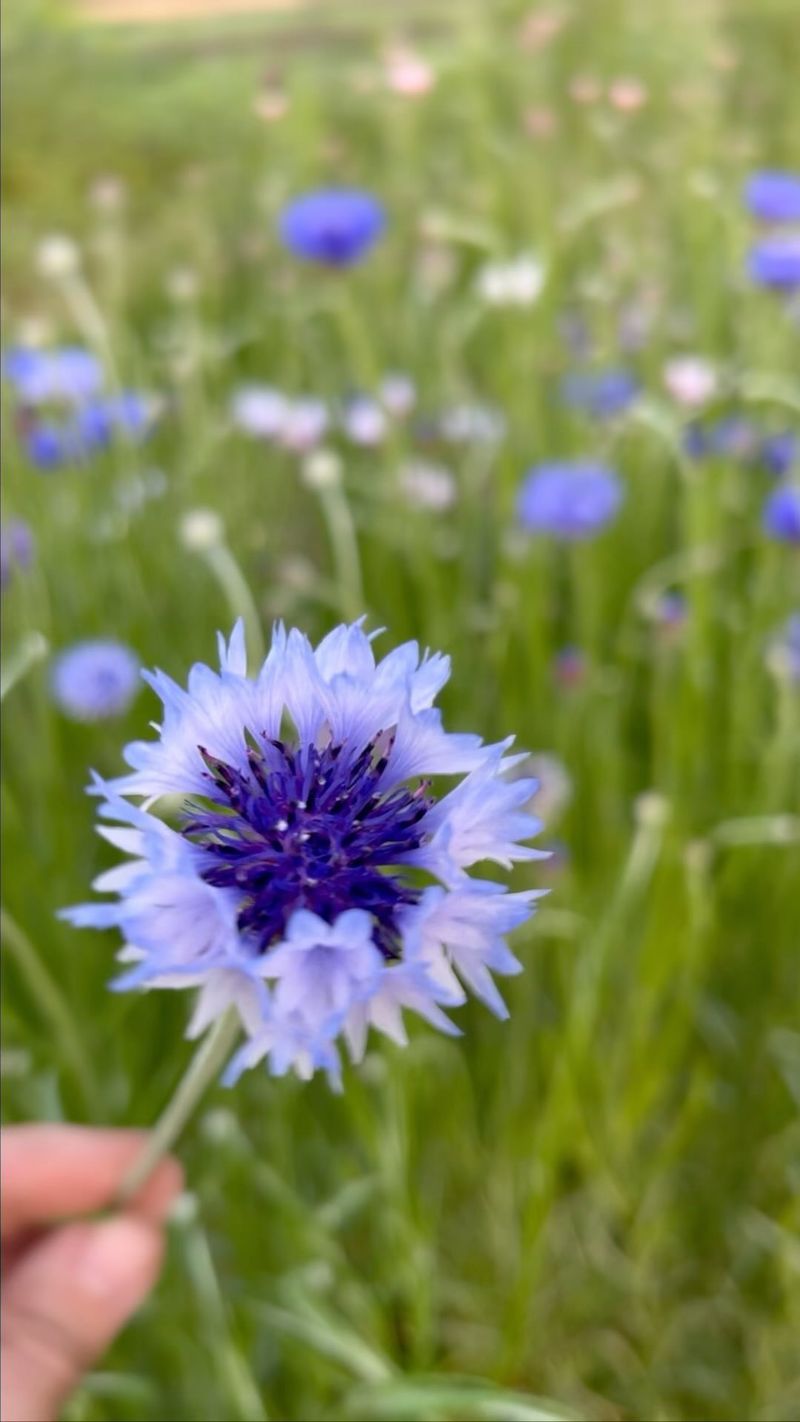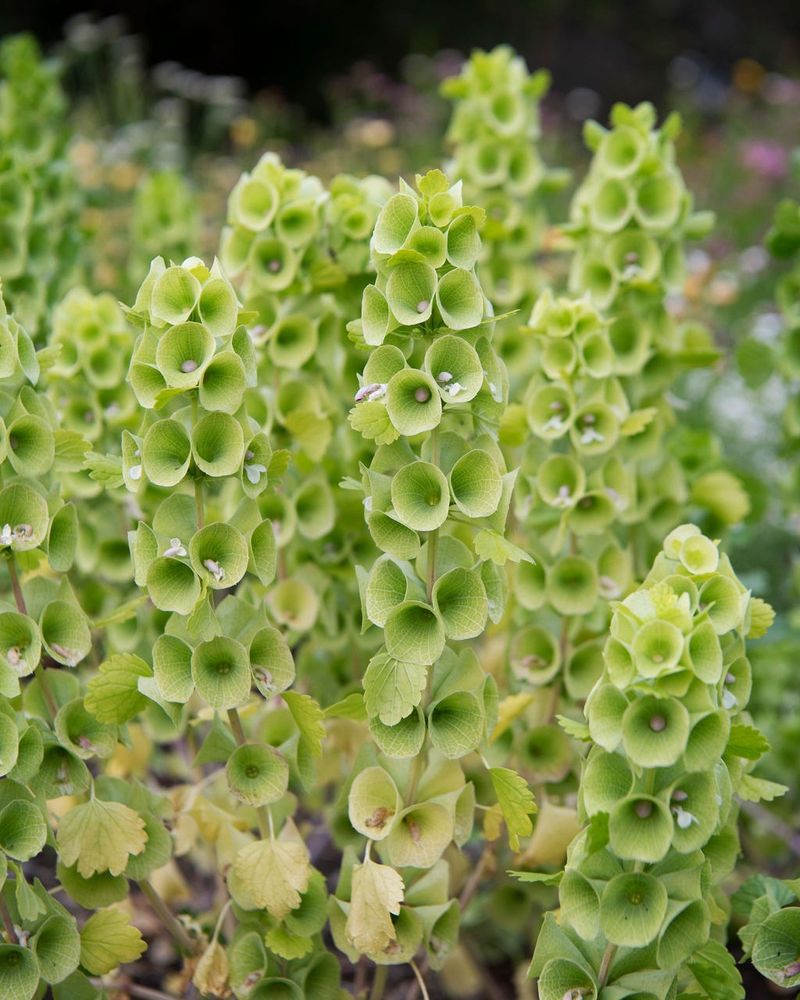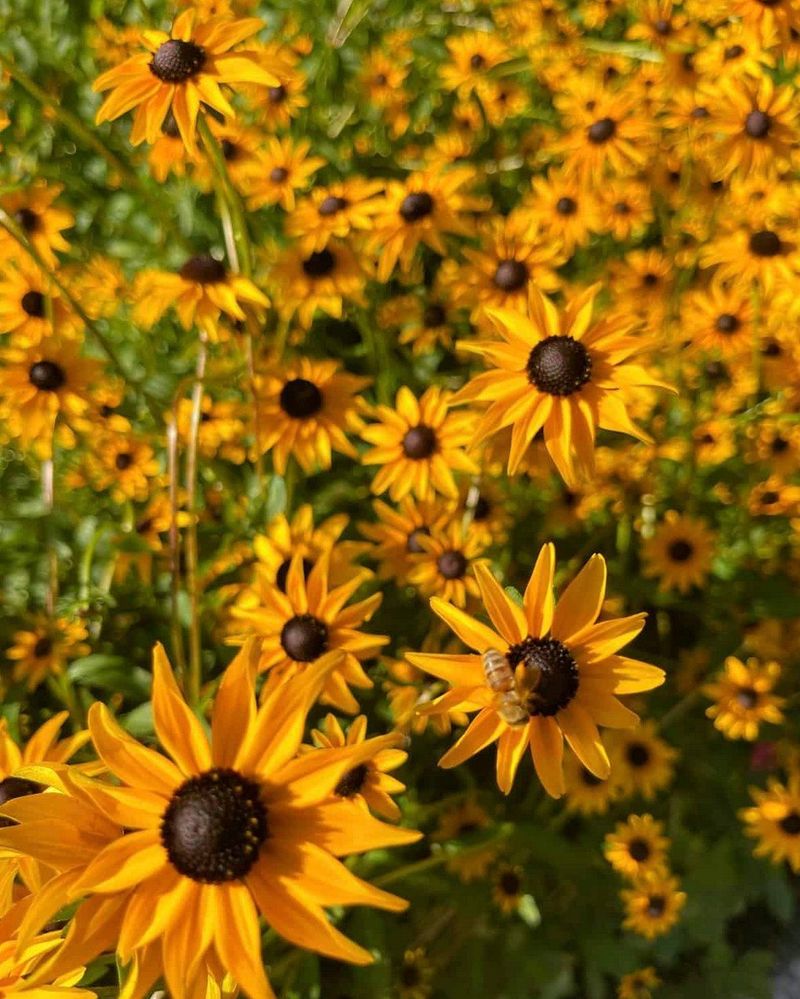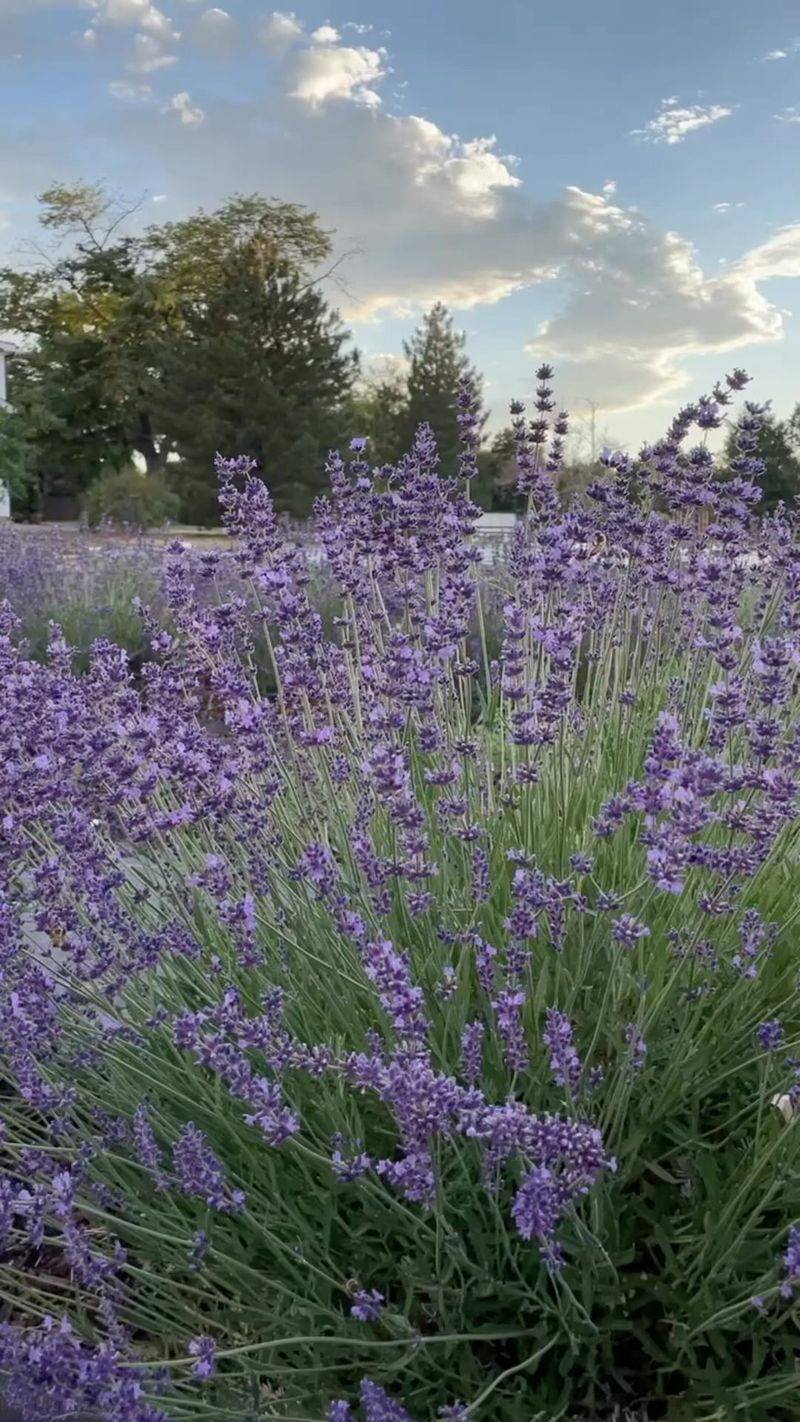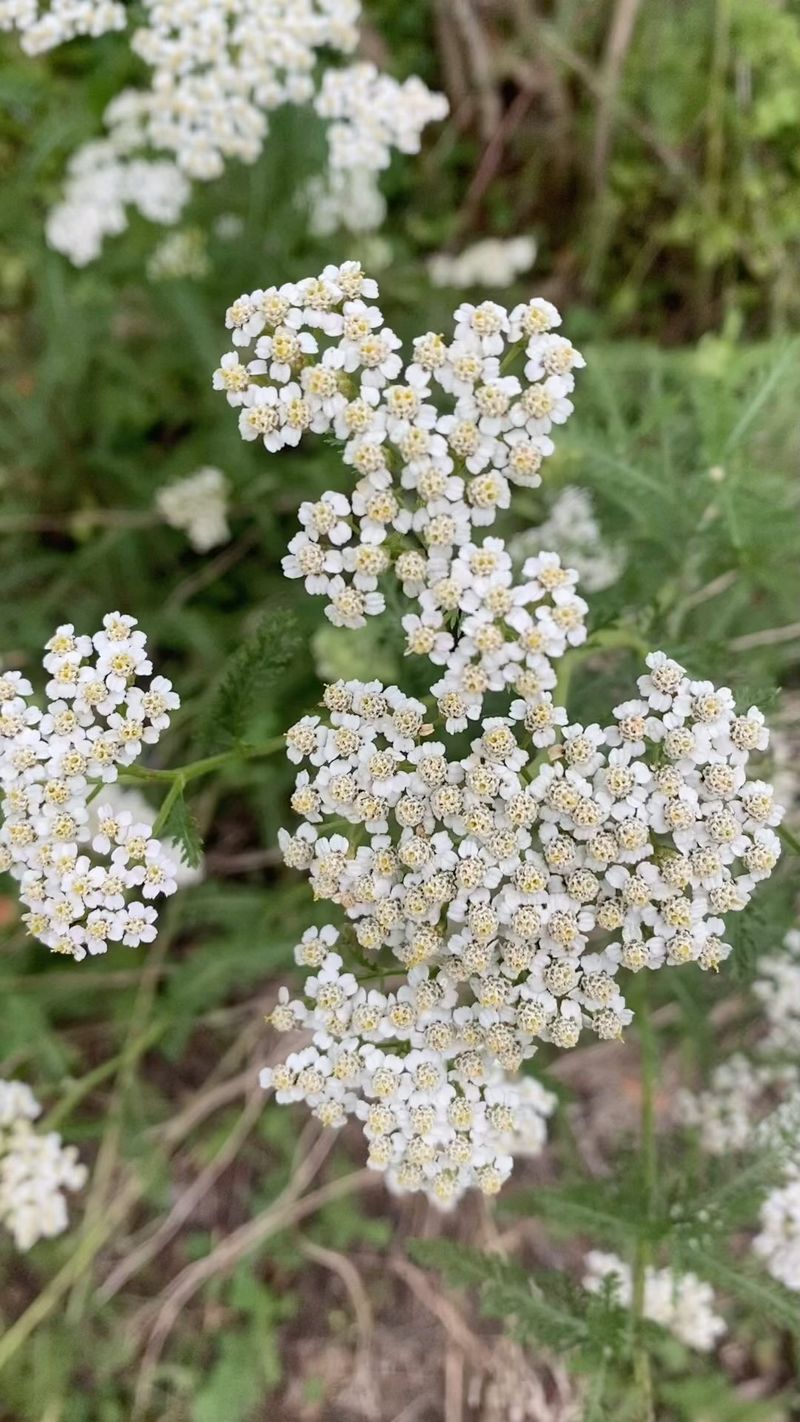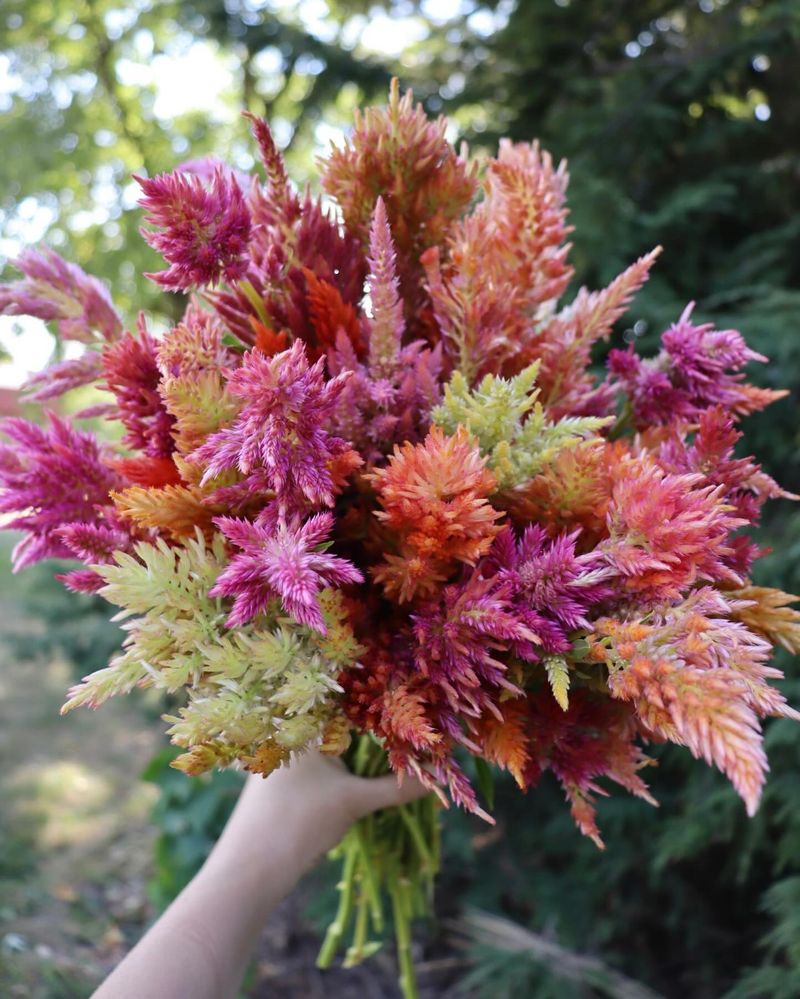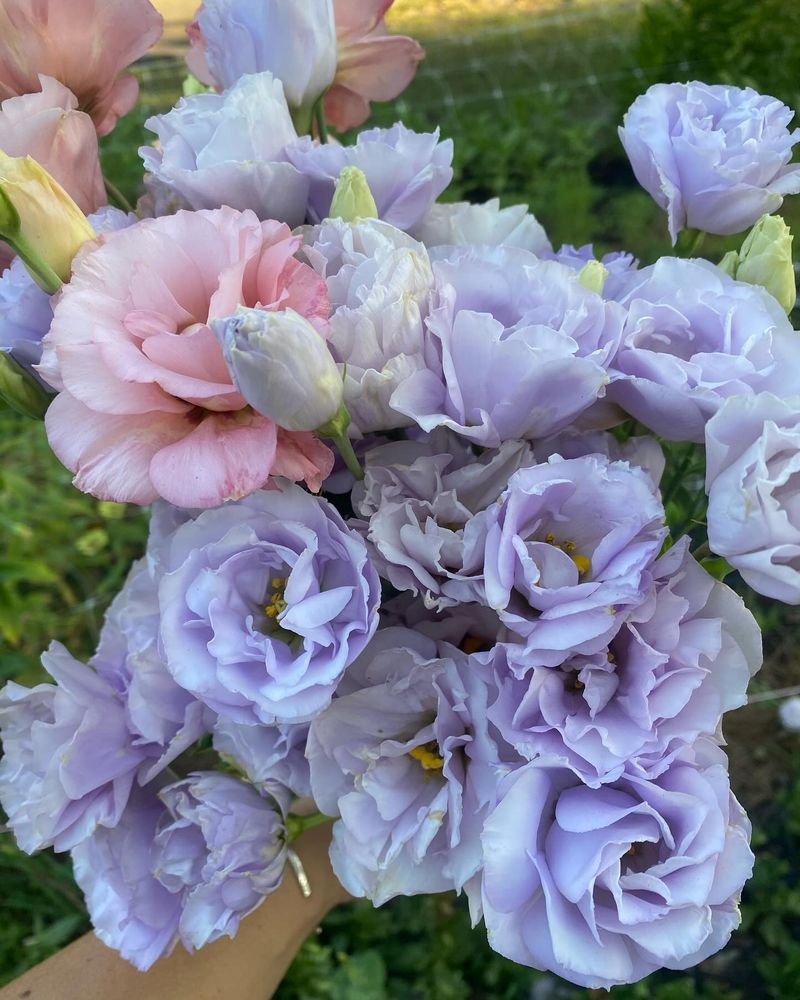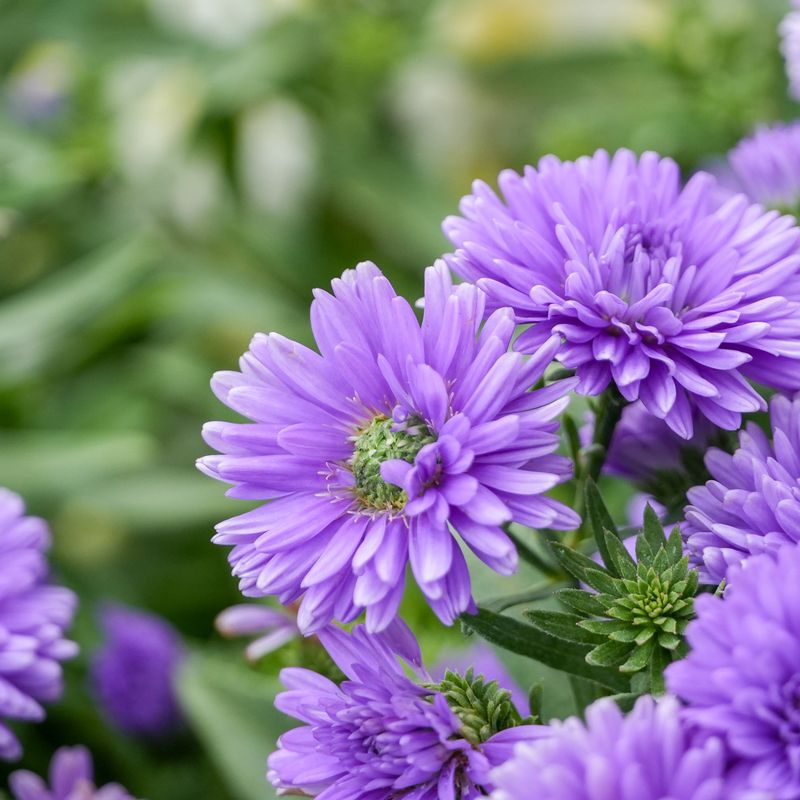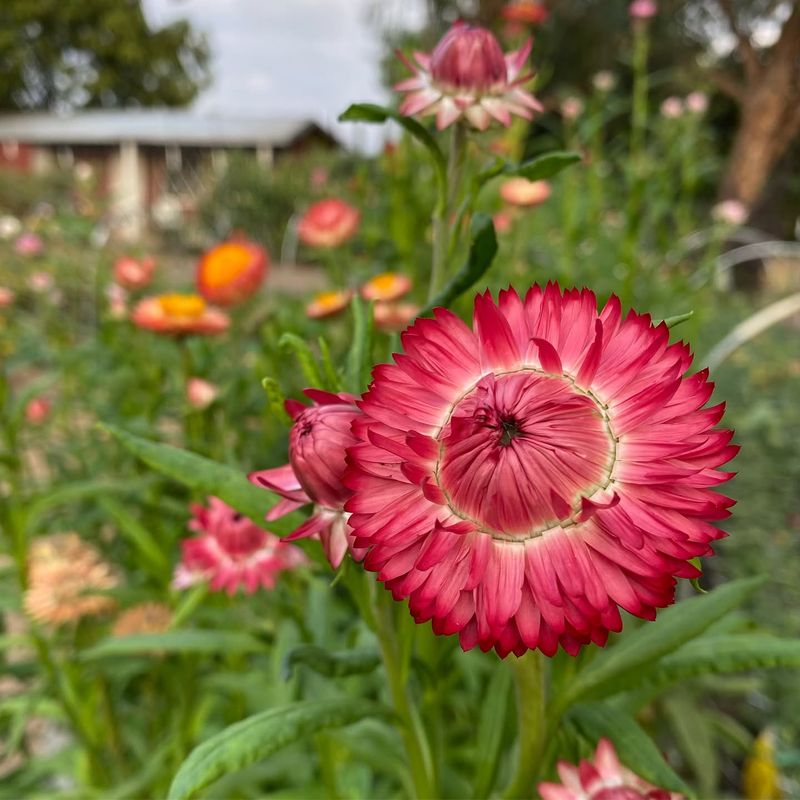If you love having fresh flowers around, these 10 easy-to-grow blooms will give you beautiful bouquets all season long—and some are so gorgeous, you’ll want them in every vase!
I’ve planted a few of these myself, and they just keep on giving, with vibrant colors and sweet scents. From garden favorites to a few hidden gems, these flowers are simple to grow and perfect for cutting.
Ready to fill your home with stunning arrangements all year? These picks are a great place to start!
1. Sweet Peas
The fragrance alone makes these delicate climbers worth growing! Plant seeds in early spring for the best results, giving them a trellis or fence to scramble up as they reach for the sky.
Harvest sweet pea blooms frequently to encourage more flowering. Their ruffled petals and intoxicating scent make them perfect for bedside bouquets. Available in a rainbow of colors from soft pastels to rich jewel tones, they’ll keep producing until hot weather arrives.
2. Zinnias
Possibly the perfect beginner’s cutting flower, zinnias deliver spectacular results with minimal effort. Simply sow seeds directly in the garden after frost danger passes, and they’ll reward you with armloads of blooms in just weeks.
Heat-loving and drought-tolerant, these colorful flowers actually perform better with a little neglect. The more you cut, the more they bloom! Available in every color except true blue, zinnias come in sizes ranging from dwarf varieties to dinner-plate blooms.
3. Cosmos
Graceful dancers in the garden breeze, cosmos feature feathery foliage topped with daisy-like blooms that pollinators adore. Once established, they practically care for themselves, thriving even in poor soil with minimal watering.
For continuous blooms, sow seeds in batches every few weeks through midsummer. Their long, slender stems make cosmos perfect for airy, wildflower-style arrangements. These cottage garden classics come in shades of pink, white, and rich burgundy, flowering prolifically until frost.
4. Dahlias
From tiny pompoms to dinner-plate showstoppers, dahlias offer incredible variety for the cutting garden. Plant tubers after danger of frost has passed, and provide support for taller varieties as they grow.
Regular harvesting encourages more blooms throughout summer until frost. With proper storage of tubers over winter, your collection can expand year after year. Available in virtually every color and countless forms, dahlias bring professional-looking drama to homegrown bouquets.
5. Snapdragons
Charming children and adults alike with their dragon-mouth blooms that open when squeezed, snapdragons add vertical interest to any arrangement. Start seeds indoors 8-10 weeks before last frost for earlier blooms, or purchase seedlings from garden centers.
Cool-weather performers, snapdragons shine in spring and fall, often taking a break during summer’s heat. Their architectural spires come in a stunning array of colors from pastels to vibrant hues. Cut when one-third of the flowers on each spike are open for longest vase life.
6. Bachelor’s Buttons
Also known as cornflowers, these true-blue beauties are among the easiest annuals to grow from seed. Scatter them directly in garden beds in early spring, and their cheerful button-like blooms will appear within weeks.
Historically worn in buttonholes by young men, these flowers have a casual charm perfect for cottage-style arrangements. While classic blue varieties are most popular, you’ll also find pink, white, and purple options. Their papery texture means they dry beautifully for everlasting bouquets too.
7. Bells of Ireland
Create vertical drama in arrangements with these architectural beauties featuring bright green bell-shaped calyces surrounding tiny white flowers. Despite their name, these annuals actually hail from Turkey, not Ireland!
Direct sow seeds after frost or start indoors 6-8 weeks earlier. Their unusual color and form make them perfect mixer flowers in bouquets, adding height and interest. The hollow stems can sometimes be tricky, so harvest when bells are fully formed but flowers haven’t opened for best vase life.
8. Black-Eyed Susans
Bringing sunshine to late summer gardens, these native perennials establish quickly and return reliably year after year. Their golden petals surrounding dark centers make them instant classics in country-style bouquets.
Plant once and enjoy for years with minimal care beyond occasional dividing. Deadheading spent blooms encourages more flowers for cutting. Pollinators love them as much as flower arrangers do! Their sturdy stems and long vase life make them dependable workhorses in summer arrangements.
9. Lavender
Beyond its famous fragrance, lavender brings silvery-blue spikes of color to both fresh and dried arrangements. Plant in well-drained soil with full sun, and these Mediterranean natives will reward you with years of aromatic blooms.
Harvest stems when flowers are just beginning to open for the strongest scent. English varieties typically offer the best stems for cutting. This perennial performer doubles as landscape plant and cutting flower, making it an efficient choice for small gardens.
10. Yarrow
Flat-topped flower clusters make yarrow an excellent filler in bouquets, adding texture and a wildflower feel. This tough-as-nails perennial thrives in poor soil and drought conditions where other flowers struggle.
Available in shades from classic white to sunny yellow, peachy pink, and even deep red. The ferny foliage adds wonderful texture to arrangements. Bonus points for yarrow’s exceptional drying qualities – harvest at peak bloom and hang upside down for flowers that retain their color for months.
11. Celosia
Resembling flames, coral, or rooster combs depending on the variety, celosia brings bold texture to arrangements unlike any other flower. Easily grown from seed after frost danger passes, these heat-lovers perform beautifully in summer when other blooms fade.
Available in fiery reds, oranges, yellows, and pinks that hold their color exceptionally well as cut flowers. Their unusual forms make them conversation starters in bouquets. Bonus: they dry beautifully for fall and winter decorating when hung upside down in a dark, dry place.
12. Globe Amaranth
Looking like perfectly round, colorful clover blooms, globe amaranth (Gomphrena) produces countless button-like flowers on branching stems all summer long. Direct sow after frost or start indoors for earlier blooms in hot-summer regions.
Heat and drought tolerant, these plants barely slow down during summer’s worst conditions. Their papery texture means they last exceptionally well in the vase, often two weeks or more. Available in purple, pink, white, and orange, they also dry perfectly for winter arrangements.
13. Lisianthus
Often mistaken for roses in arrangements, lisianthus offers elegant, long-lasting blooms on sturdy stems. While challenging to grow from seed, young plants purchased from garden centers perform beautifully with a little patience.
Expect gorgeous rose-like blooms in shades of purple, pink, white, and bicolors. Their exceptional vase life – often two weeks or more – makes them worth the wait. Plant in rich, well-drained soil and provide support as they grow for straight stems perfect for cutting.
14. Asters
Bringing daisy-like cheer to the late-season garden when many other flowers have faded, asters are cutting garden champions. Plant perennial varieties once and enjoy years of reliable blooms just when you need them most.
Available in purples, pinks, blues and whites, they combine beautifully with fall foliage in arrangements. Pollinators flock to their simple open blooms, making your cutting garden an ecological haven. Their sturdy stems and good vase life make them dependable performers in autumn bouquets.
15. Strawflowers
Sporting petals that feel like paper to the touch, strawflowers bring long-lasting color to both fresh and dried arrangements. Direct sow seeds after frost or start indoors 6-8 weeks earlier for a head start.
Harvest when buds are just opening for the longest-lasting blooms. Available in bright yellows, oranges, pinks, and reds, they maintain their vibrant colors even when dried. Their name comes from the straw-like texture of their unique petals, which rustle slightly in arrangements.

